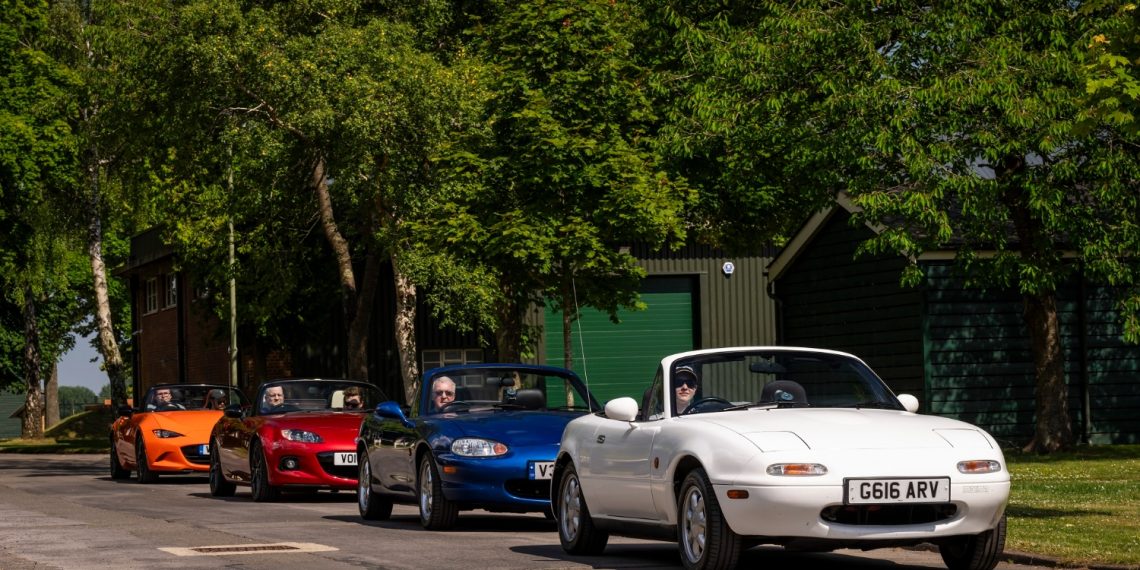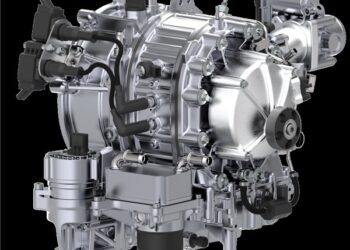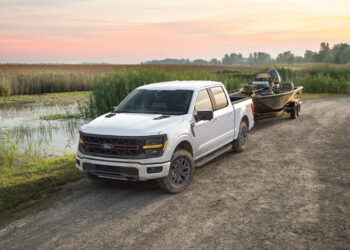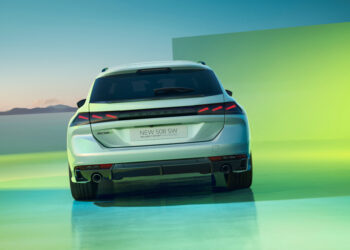To celebrate the 35th anniversary of the Mazda MX-5, four examples of the world’s best-selling two-seater sports car – one from each generation – completed a journey of about 1600 kilometers, connecting Land’s End, at the southernmost tip of England, to John O’Groats, at the northernmost point of the largest British island, in Scotland.
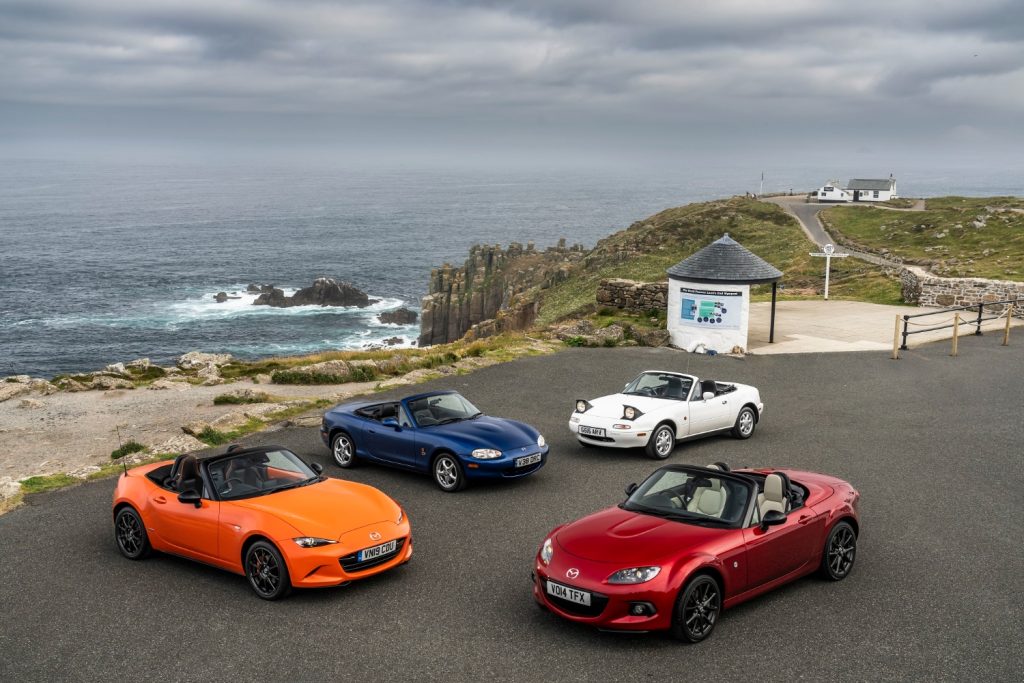
The four MX-5 models used a Sustain biofuel, 100 percent sustainable second-generation fuel from Coryton, which contains no fossil fuel content and is made from agricultural waste and by-products from crops that cannot be used for consumption.
This drop-in fuel does not require any mechanical modifications; it utilizes the carbon already present in the atmosphere, which plants absorb during their growth process, recycling it and preventing the release of CO2 as occurs with fossil fuels.
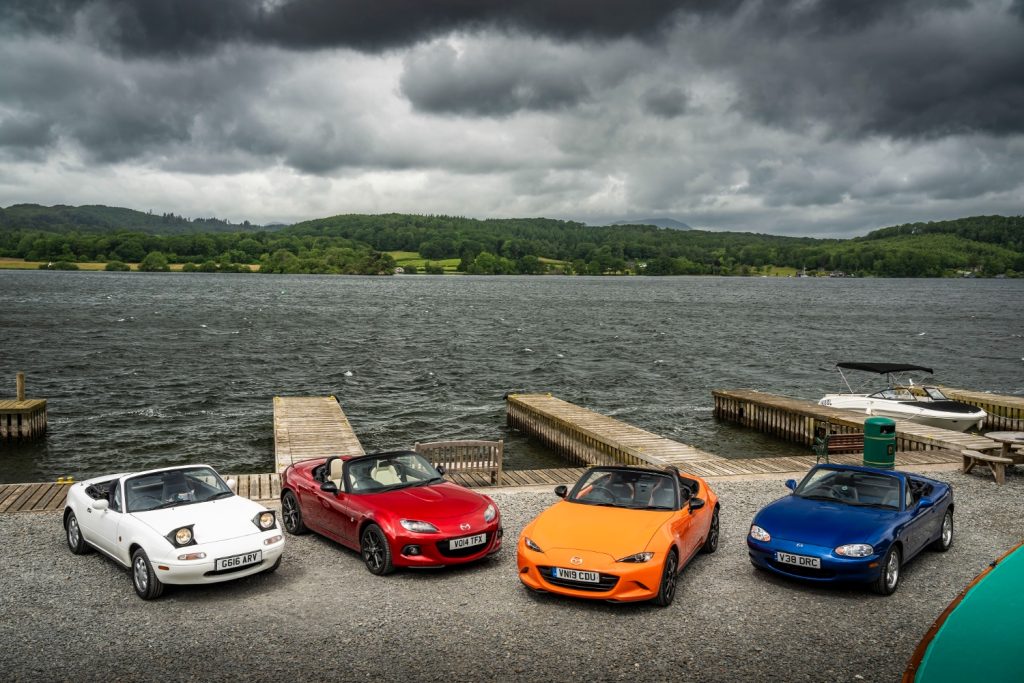
With just over 1600 kilometers, the journey undertaken by the four Mazda MX-5 models served to reinforce the role that sustainable fuels can play in the decarbonization of both modern and classic cars, also highlighting how sustainable fuels can complement Mazda’s Multi-Solution approach to achieve climate neutrality.
Launched at the Chicago Auto Show in 1989, the Mazda MX-5 immediately became the benchmark among pure and lightweight two-seater sports cars. Its production has now surpassed 1.2 million units, all of which have come from Mazda’s factory in Ujina, in the Japanese city of Hiroshima.


